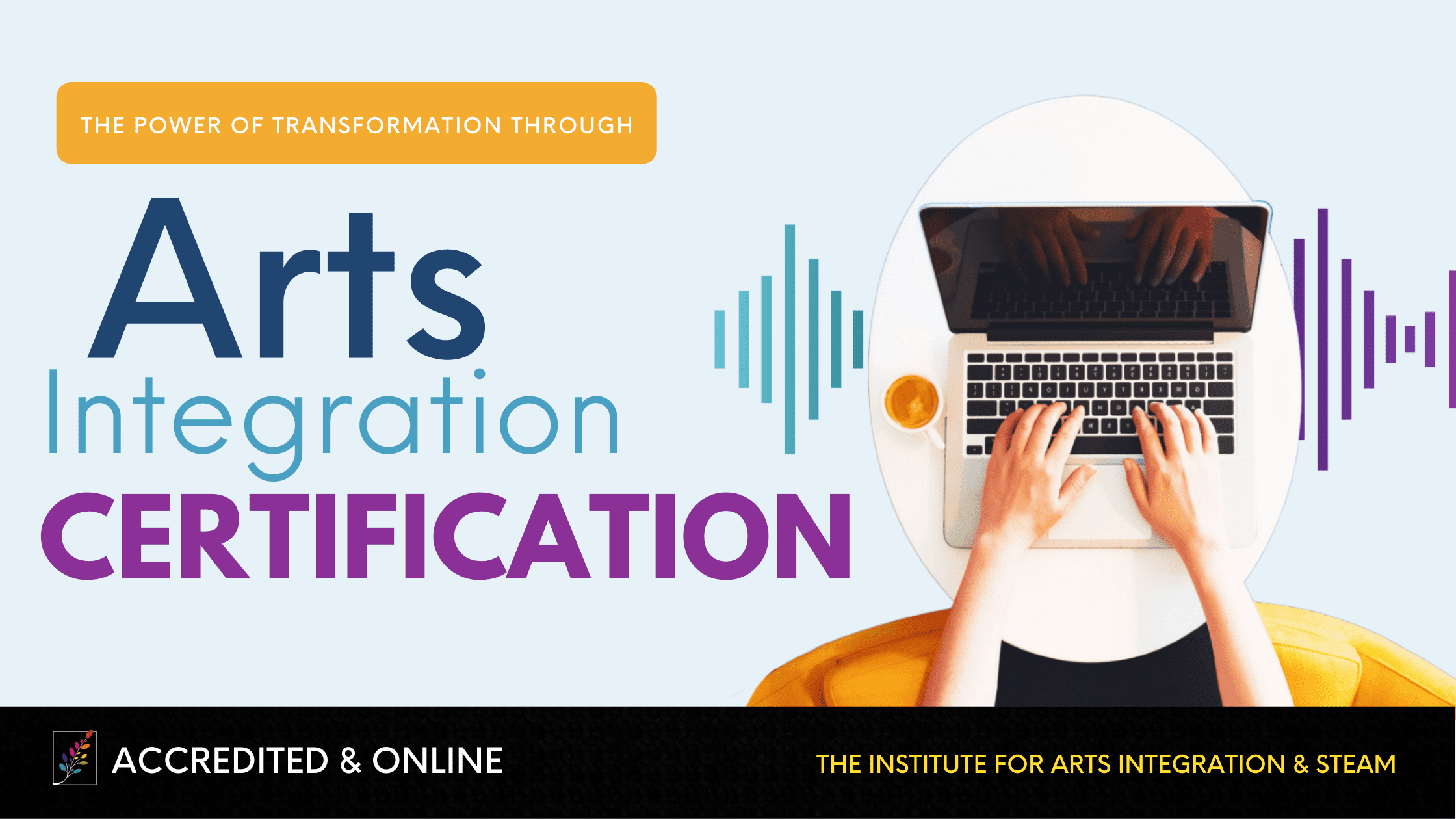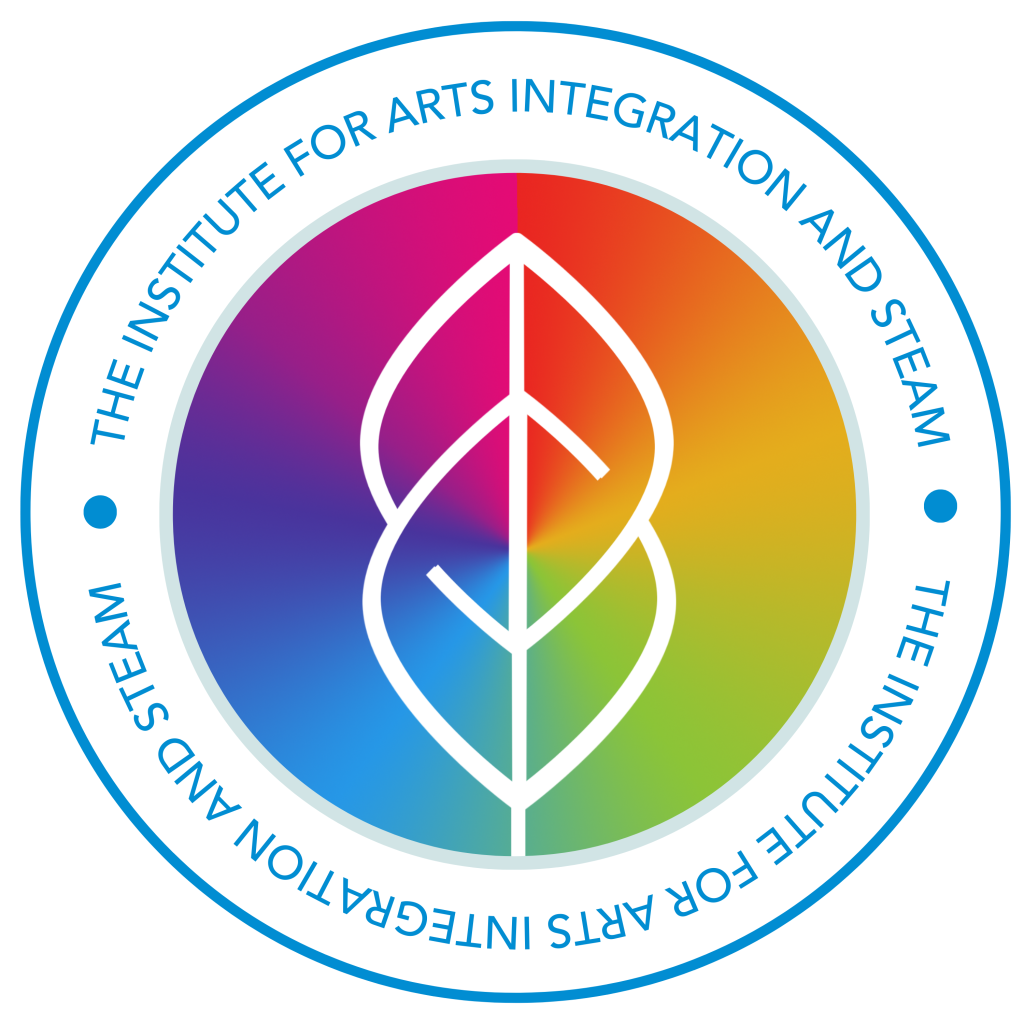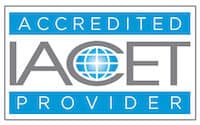Unpacking the National Standards: Anchor Standard 11
4 Min Read • National Core Arts Standards
This is the final installment of the Unpacking the National Anchor Standard for Dance series. This month we will be exploring Anchor Standard_11: Relate artistic ideas and works with societal, cultural, and historical context to deepen understanding.
Anchor standard 11 focuses on the artistic process of connecting with the component of relate. The enduring understanding is how dance literacy includes deep knowledge an perspectives about societal, cultural, historical, and community contexts. Although the anchor standard does not change as the grade level progresses the expectation continues to advance.
In unpacking this anchor standard we need to analyze what our students need to know, understand, and be able to do. There are quite a few concepts presented in this anchor standard, so let's begin with defining the language:*
Artistic Criteria:
Aspects of craft and skill used to fulfill artistic intent
Dance Literacy:
The total experience of dance learning that includes the doing and knowing about dance: dance skills and techniques, dance making, knowledge and understanding of dance vocabulary, dance history, dance from different cultures, dance genres, repertory, performers and choreographers, dance companies, and dance notation and preservation
Genres:
A category of dance characterized by similarities in form, style, purpose, or subject matter (for example, ballet, hip hop, modern, ballroom, cultural practices)
Movement Characteristics:
The qualities, elements, or dynamics that describe or define a movement
Styles:
Dance that has specific movement characteristics, qualities, or principles that give it distinctive identity (for example, Graham technique is a style of Modern Dance; rhythm tap is a style of Percussive Dance; Macedonian folk dance is a style of International Folk dance; Congolese dance is a style of African Dance)
*For the full glossary of all terms used throughout the national standards go to: http://www.nationalartsstandards.org/
This week's lesson can be modified for all grades K-12 by changing the expectations of response.
Lesson Plan
Grade:
9-12 (but can be simplified for younger students)
Title:
Foundations of Dance
Established Goals:
a. Analyze and discuss dances from selected genres or styles and/or historical time periods, and formulate reasons for the similarities and differences between them in relation to the ideas and perspectives of the peoples from which the dances originate
Enduring Understanding:
Dance literacy includes deep knowledge and perspectives about societal, cultural, historical, and community contexts.
Essential Question:
How does knowing about societal, cultural, historical, and community experiences expand dance literacy?
Objectives: Students will
- analyze specifics of dance based on genre/style
- determine appropriate criteria for evaluating dance
- View multiple pieces from the foundations of dance including historical, cultural, theatrical, and social dance
- Research the history of a specific foundational dance
- Recreate a piece
- Present the piece and the history to the class
Learning Activities
- Present background information on the foundations of dance: historical, cultural, theatrical, and social. Gayle Kassing's History of Dance: an interactive arts approach offers a wonderful comprehensive look at these various foundations and includes a DVD of samples. To connect more directly to your specific students, utilize their cultures as well as their pop music and local dance scene to share the foundations of cultural and social dance. Consider composing a power point to introduce the background of these foundations and have students compose notes to follow the presentation. Design the presentation with your students in mind by highlighting their personal cultures and favorite pop culture social dance and music, also consider what videos you have access to as you will want to present visual samples of the different foundations.
Note-taking strategies
Sample Foundations PowerPoint
- Separate students into groups of 2-3 and have them complete the following tasks:
- Select 2 foundations to focus on: for example, cultural and theatrical or historical and social
- Choose a subcategory of the foundations selected: for example, cultural (Domincan) and theatrical (ballet)
- Continue to focus the study by choosing specific movement/pieces that fall into each subcategory: for example, Cultural~Dominican~Soka and Theatrical~Ballet~Swan Lake
- Complete a more comprehensive search of the history and background of the selected movement/piece
- Build a presentation utilizing a medium of your choice (poster, powerpoint, prezi, etc.). The presentation should include a more focused discussion of the background of the selected movement/piece. What specifically is included is up to teacher discretion, you can require location, number of participants, music, purpose, original dates/dancers etc.
- Identify a specific piece or section of a piece to learn.
- Learn 1-2 minutes of the selected choreography.
- Determine the ways in which the two pieces are connected, and add to the presentation.
- Have students present by first discussing the background of the foundation. Next, perform the section of movement. Finally, discuss the natural connections between the pieces.
- As students are watching, they should be completing two tasks:
- Utilizing ARTISTIC critique to evaluate the recreations. Since it is not a full recreation, nor an original piece, focus on A-R-T of the critique.
- Second, have them write down further questions for research on an index card. At the culmination of the presentation, have the presenters collect the cards and respond to them. Have them return the cards with answers, after you have evaluated the question and answer.
Assessment Rubric

Resources
Standard_11:
History of Dance: an interactive arts approach
Note-taking strategies
Sample Foundations PowerPoint
ARTISTIC critique
Foundations Rubric
Anchor Standard 1



